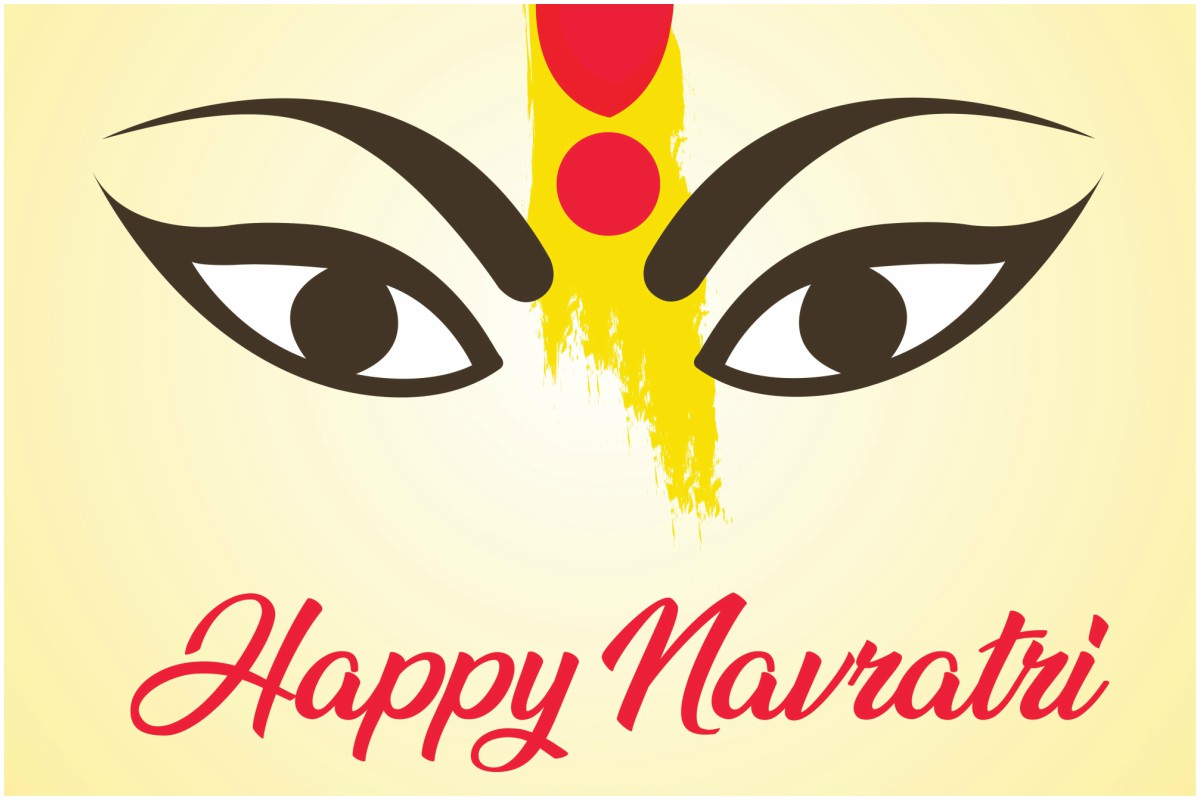The importance of a fast
Fasting is a basic law in the world’s major religions. The manner of observance, of course, differs such as the timing of the year, the duration, and certain accompanying rituals.
Bring in positivity to your life during the auspicious and awe-inspiring occasion of Navratri by indulging in traditional rituals and customs

( Representational Photo: Getty Images)
Navratri is the most popular celebration of the ultimate source of power that is the nine forms of Nav Durga. The first three days of Navratri are dedicated exclusively to the worship of Goddess Durga in her three different appearances, namely Kumari, Parvati, and Kali. The fourth day is devoted to Goddess Lakshmi. On the fifth day, Goddess Saraswati is worshipped. The sixth day is again dedicated to Maa Lakshmi. On the seventh and the eighth day, the goddess of art and knowledge, Goddess Saraswati is worshipped. The ninth day is dedicated to Goddess Siddhidatri and then comes the Vijay Dahshmi.
Navratri Pooja holds a special significance in Hinduism. Thus, devotees follow various rituals depending on the region they stay for nine days of Navratri.
Here are the general rituals performed by the devotees during these pious days:
Advertisement
On the first day of Navratri, an idol of Goddess Durga is set in the temple of the devotee’s house. Before the start of the celebrations, the house is cleaned to welcome the Goddess. It is believed that Durga visits every house during these nine days. So keep your house as clean as possible. All the family members worship Maa Durga following the traditional rituals. The ritual of lighting the ‘Akhand Jyot’ (a lamp that continues to burn constantly for nine days) is performed. It reduces negative energies and increases divine consciousness. Along with the Durga idol, one red colour chunri, one mature coconut, and an earthen or a copper pot filled with water, 5 betel nuts, little sugar, few rice grains, and a five rupees coin are kept in the house temple. The sacred kalash water is sprinkled in the house after the kanjak poojan on the eighth or ninth day to purify the house.
Barley is sown in front of Durga’s idol. The auspicious ritual signifies growth, prosperity, and abundance.
A strict fast for seven or eight days is observed. While fasting, only saatvik food like kuttu ka atta, singhara atta, sama ke chawal, sabudana, potato, pumpkin, bottle gourd, fruits, yogurt, nuts and few seeds are consumed. Consumption of non-veg, garlic, onion and other taamsik foods is strictly prohibited. Fasting is broken on the eighth or ninth day after the havan and the distribution of kanjak prasad among nine little girls. On the fasting days, stick to the Navratri diet. Offer the food first to the deity, then eat it as prasad. Do have a proper full meal (falahar) once a day before sunset. At the end of the nine-day festival, serve food to small girls as Goddess Durga is known to reside in them.
Besides having strict discipline in food, a person should also monitor his behaviour. Do good deeds and help the poor and needy people.
Navratri days are spent by worshipping the Goddess and chanting her mantras. Devotional songs are sung during these nine nights.
People visit temples and offer prayers to the mother deities to get their blessings.
Take a bath daily early morning. Keep yourself clean at all times.
Besides lighting the ‘Akhand Jyot’ on the first day of Navratri, you need to light a lamp of pure ghee every morning and evening till the ninth day.
Recite Durga aarti every morning and evening in front of Devi’s idol and the Akhand Jyot.
Do not consume alcohol or drugs during this period. Stay away from smoking too.
Although these rituals are flexible and may vary from family to family. The most important thing is your devotion and purity of heart. Even if you miss any vrat rule or make a mistake, do not worry as Maa Durga is always kind to her children and is forgiving.
Try to chant Devi’s name all the time and make sure that your heart is clean and without malice for anyone. Devote your energies to righteous actions.
Happy Sharad Navratri 2019!
Advertisement